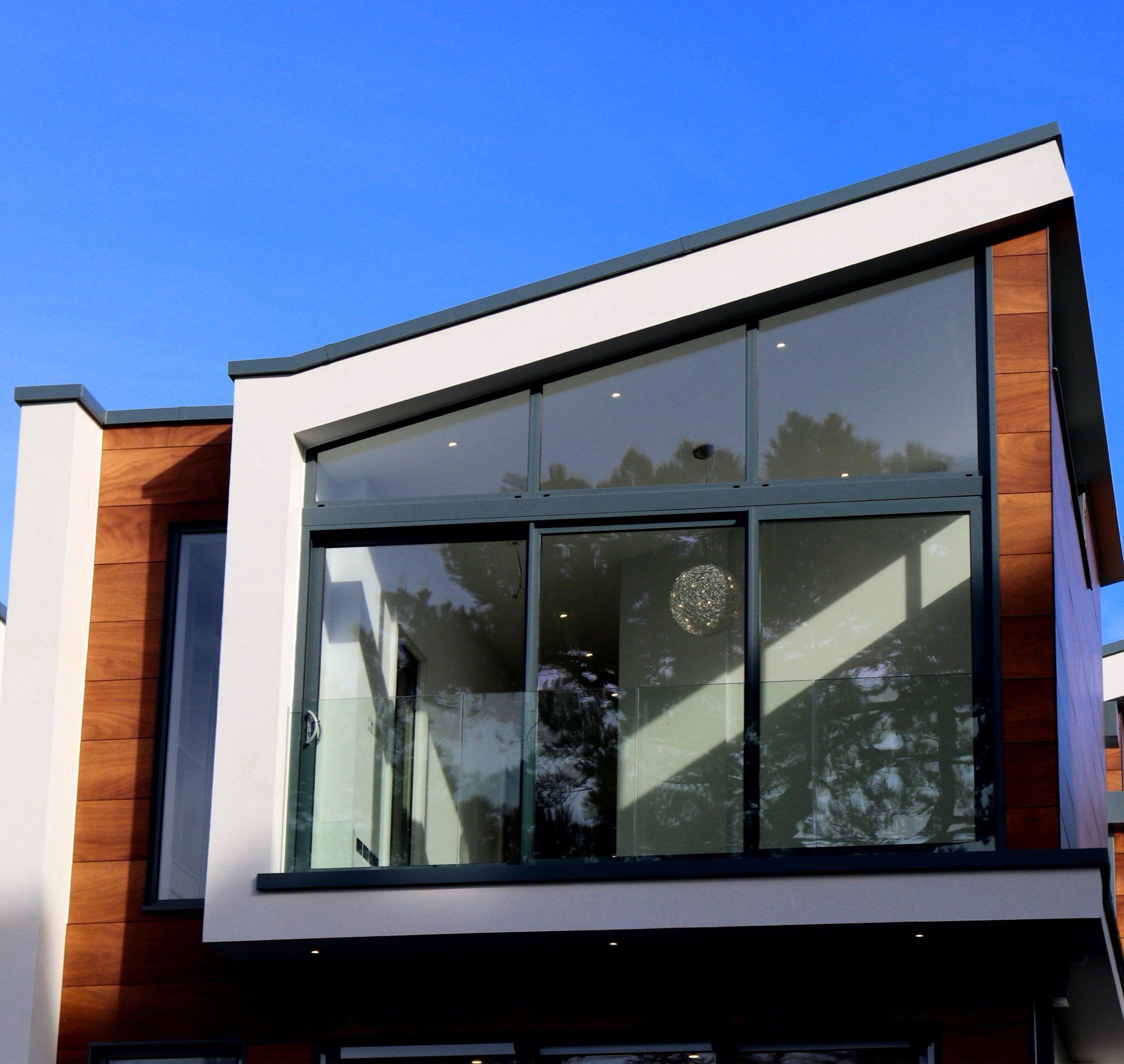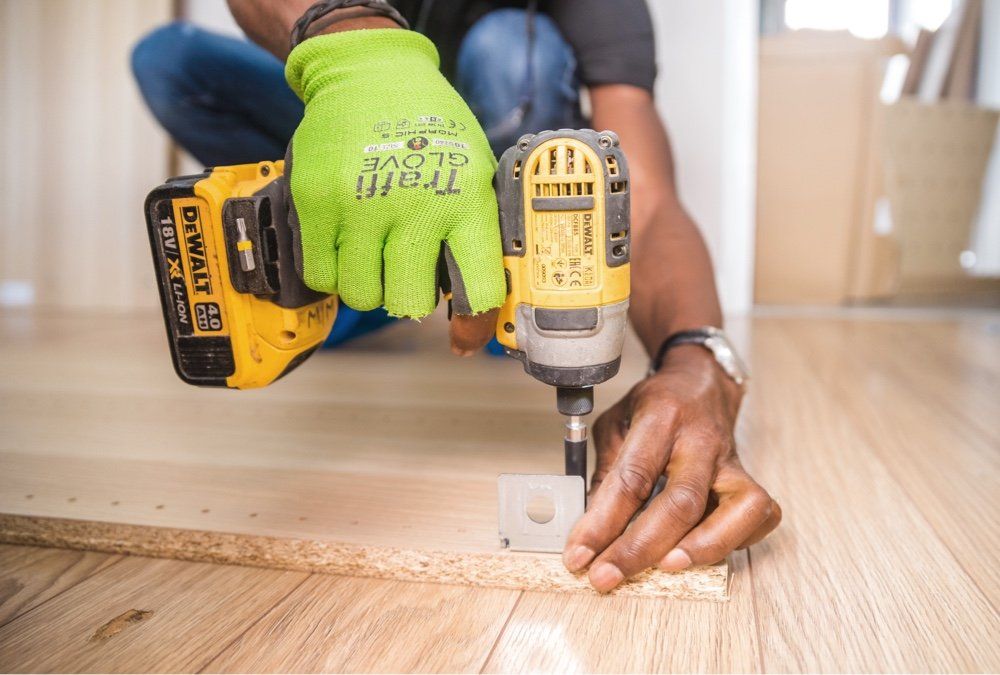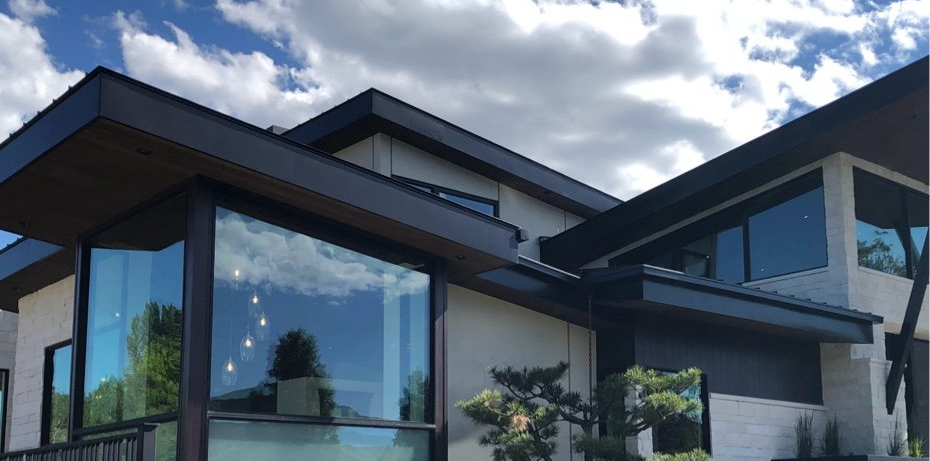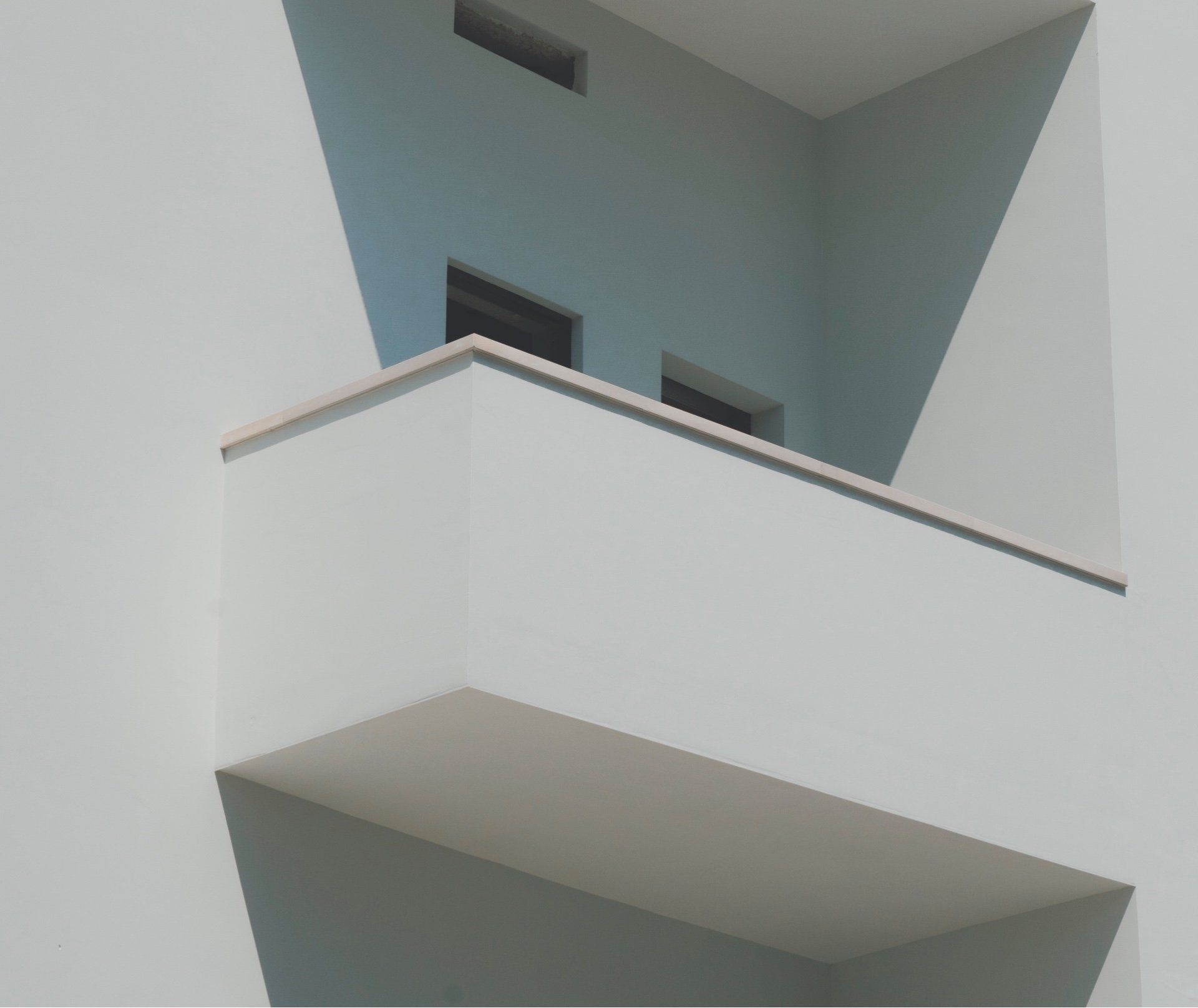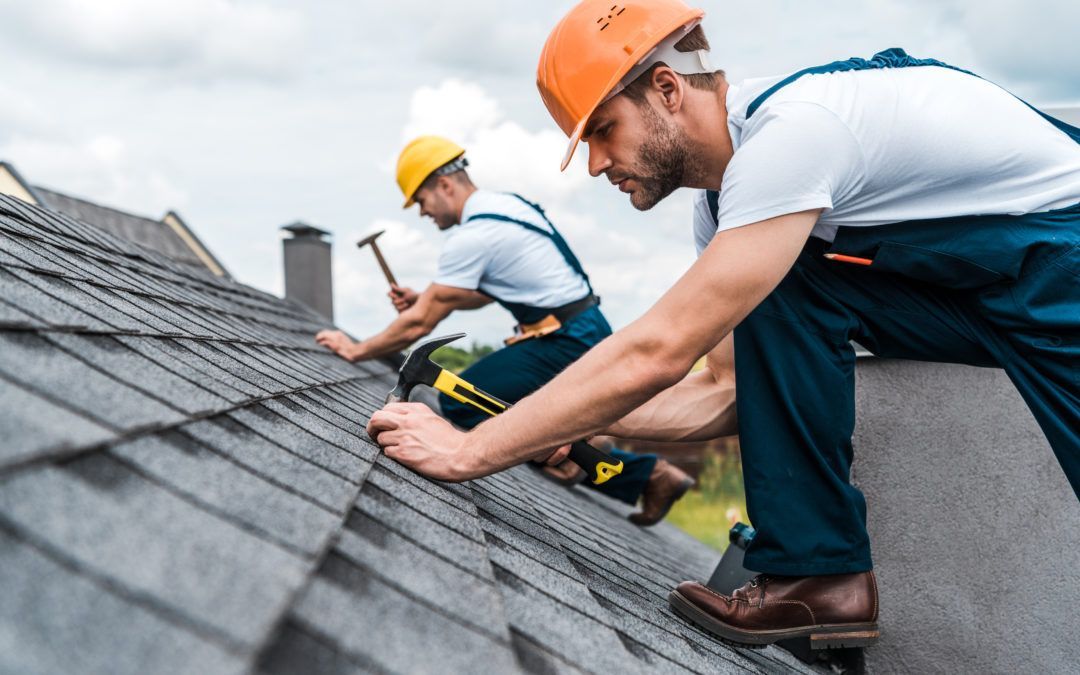Ensuring Quality: The Ultimate Guide to Siding Installation: What You Need to Know
Discover the ultimate guide to siding installation, including its benefits and the importance of quality. Learn what every homeowner needs to know.
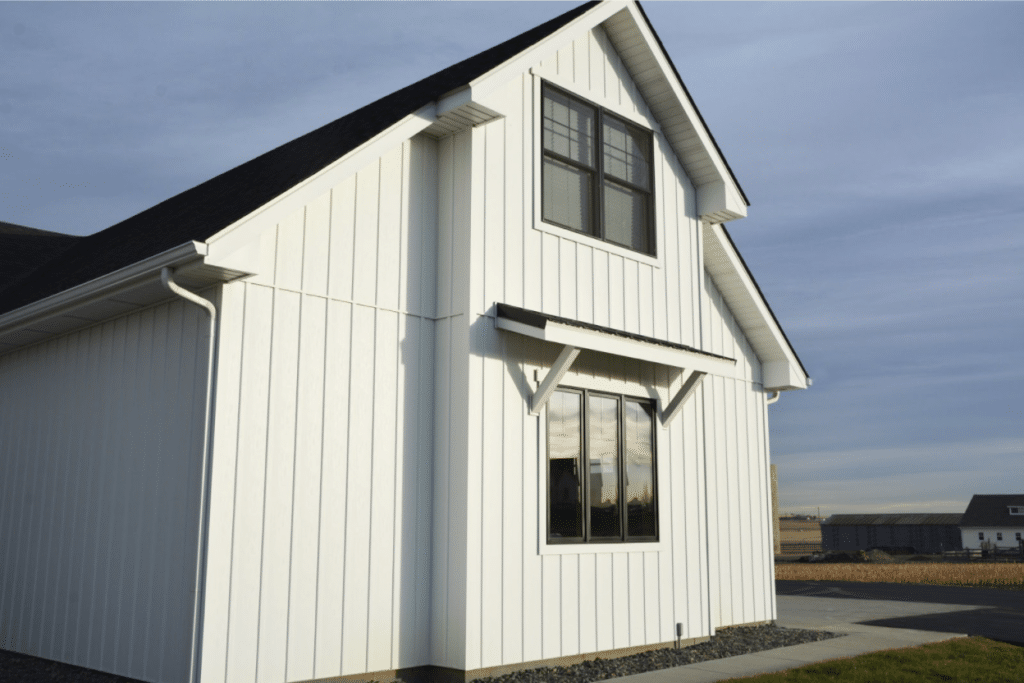
Siding installation is not just about giving your home a new exterior look; it’s about protection, energy efficiency, and enhancing property value. The right siding acts as a shield against environmental elements, keeping the interior comfortable and reducing energy bills. However, the benefits of siding installation extend beyond the practical; they also offer aesthetic appeal, transforming the appearance of your home and making it stand out in the neighborhood.
The importance of quality in siding installation cannot be overstated. A high-quality siding installation ensures longevity, requiring less maintenance and resisting wear and tear from harsh weather conditions. It also provides better insulation, which is crucial for energy conservation and maintaining comfortable indoor temperatures year-round. Quality installation by skilled professionals ensures that your siding fits perfectly, eliminating gaps that could lead to moisture infiltration and damage over time.
Choosing the right materials and a reputable contractor are key steps in the process, each contributing to the overall success and durability of the project. As we dive deeper into the world of siding installation, it’s important to keep in mind that this investment not only protects and beautifies your home but also contributes to its long-term value and sustainability.
Types of Siding Materials
When considering siding installation for your home, the choice of materials plays a pivotal role in determining the project's success and longevity. Each material comes with its unique set of characteristics, catering to different aesthetic preferences, budget constraints, and maintenance requirements.
Vinyl Siding: Pros and Cons
Vinyl siding is renowned for its cost-effectiveness, durability, and minimal maintenance needs. Available in a wide range of colors and styles, it offers versatility for homeowners looking to customize their exteriors. However, it can be susceptible to fading over time due to sun exposure and may crack in extremely cold temperatures.
Wood Siding: Characteristics and Maintenance
Wood siding offers a classic, timeless look that adds warmth and elegance to any home. It's highly customizable through painting or staining but requires more maintenance than other materials to prevent rot, insects, and water damage. Regular sealing and treatment are necessary to preserve its beauty and functionality.
Fiber Cement Siding: Durability and Cost
Fiber cement siding is lauded for its robustness, fire resistance, and the ability to mimic other materials like wood and stone. While it is more expensive upfront than vinyl and requires professional installation, its long-term durability and low maintenance make it a cost-effective solution for many homeowners.
Each siding material has its advantages and drawbacks, making it crucial to weigh your options carefully during the siding installation process. Consider factors like climate, architectural style, and long-term maintenance when selecting the best siding material for your home.
Choosing the Right Contractor
Selecting a proficient contractor is crucial for a successful siding installation. A reputable professional not only guarantees a high-quality installation but also ensures that the project adheres to local building codes and standards. Look for contractors with a solid track record, positive customer reviews, and the necessary licenses and insurance. Certifications from siding manufacturers can also indicate a higher level of expertise and a commitment to quality craftsmanship.
Preparing for Siding Installation
Preparation is key to a smooth siding installation process. Homeowners should clear the area around their home, removing any obstacles that could hinder the installation team's access. It's also wise to discuss with your contractor any necessary prep work on your home's exterior, such as repairing damaged sections that could affect the new siding's performance. Proper preparation ensures a faster, more efficient installation process.
The Siding Installation Process
Understanding the siding installation process can help homeowners set realistic expectations and plan accordingly. The process typically begins with the removal of old siding, followed by an inspection of the underlying structure for any damage. The installation of new siding involves precise measurements and cutting of materials to fit your home's dimensions, ensuring a seamless finish. Skilled installers will handle complex areas around windows and doors with care, guaranteeing airtight and waterproof sealing.
Maintaining Your New Siding
To extend the life of your new siding, regular maintenance is essential. Simple steps such as periodic cleaning, prompt repairs of any damage, and monitoring for signs of wear can preserve the appearance and functionality of your siding. Different materials require different care routines; for instance, wood siding may need more frequent treatment than vinyl. A proactive approach to maintenance can prevent minor issues from becoming major problems, ensuring your siding remains an asset to your home for years to come.
Conclusion
Siding installation is a significant investment in your home's aesthetics, energy efficiency, and protection. By understanding the different types of materials available, choosing the right contractor, preparing adequately for the project, and committing to ongoing maintenance, homeowners can ensure their siding installation is successful and durable. This comprehensive guide aims to equip you with the knowledge needed to navigate the siding installation process, making informed decisions that enhance your home's value and curb appeal.
You might also like
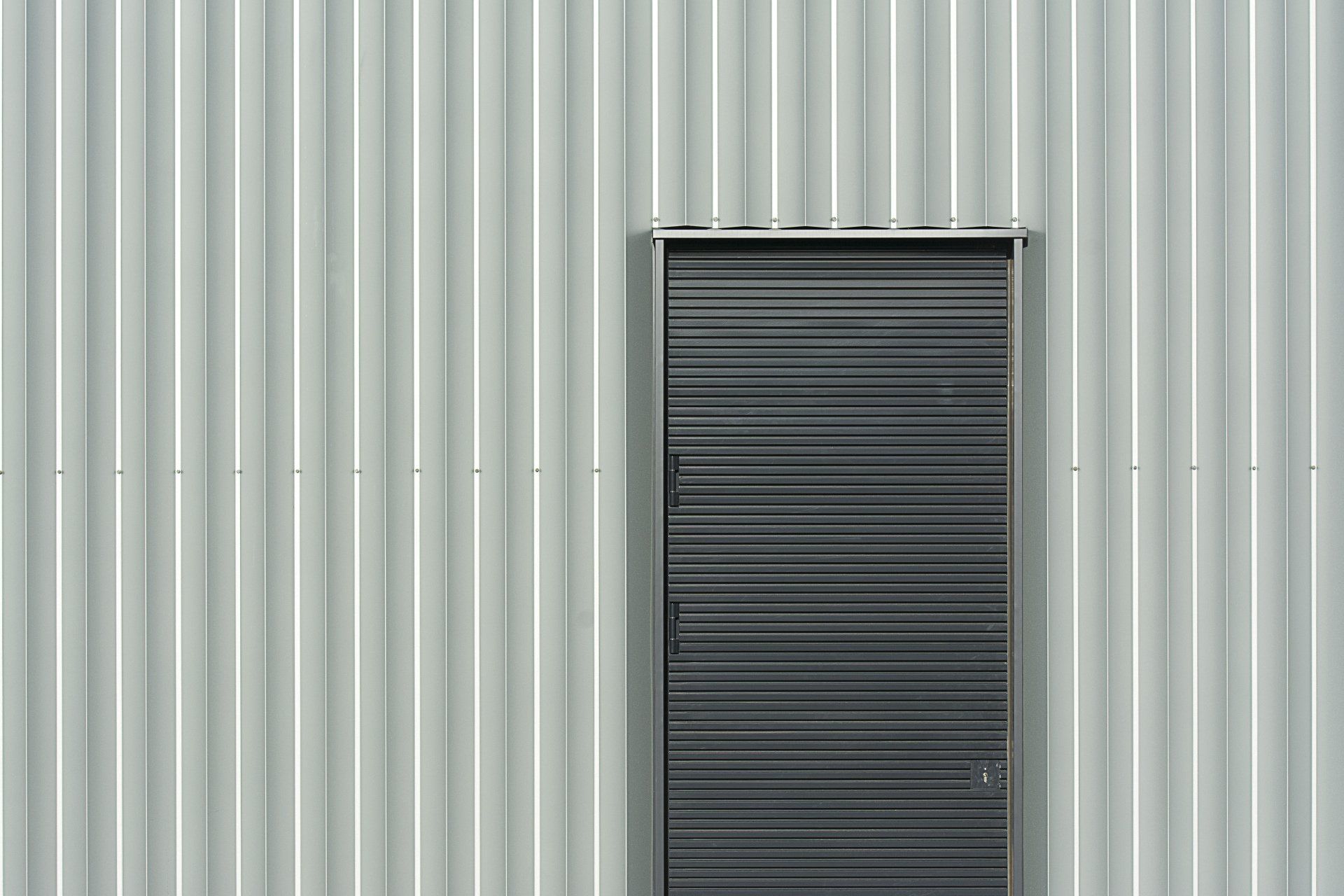
Book a Service Today
We will get back to you as soon as possible
Please try again later
Contact
600 W 6th St, Downtown Fort Worth, Fort Worth, TX, 76102, United States
E-mail: sidingftw@gmail.com
